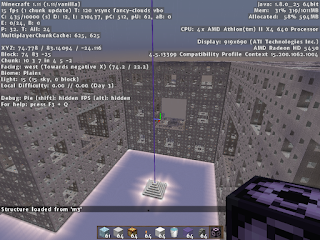While reading through the various new articles about test scores, I have seen a common argument about poverty affecting test scores. Is this true or is it just an excuse?
I will start out with a personal note. I was a very impoverished teen in high school. I had to work two jobs while going to school. My parents were so poor I eventually had to live with my grandparents, who although were not much better off than my parents, they at least provided a steady home.
However they were unable to afford all of the things that I needed for school. My school required special clear backpacks which my family could not afford. I had to buy those and I was responsible for all of my clothing, car payment and insurance.
School supplies was another expense I had to work for.
While most students were sitting at home doing homework or out with friends, I was at work. I became an emancipated teen so I could work the late hours I needed just to survive financially. Unlike the students who would go out with friends I was unable to stay up late doing homework, or do it in the morning before class. I worked so late that I was already only getting a few hours of sleep. I did however pay attention in class, and read while on my lunch breaks at work.
Luckily most of my teachers, would focus on teaching an understanding of material rather that just rote memorization. My teachers also spoke to me on their level like I was a colleague in some situations, or they would at least speak to me like an adult rather than like a third grader. Not all of them were like this, I did have some bad teachers. However, most of it was due to the student to teacher ratio being so unbalanced that inexperienced teachers had to sometimes ":fill in" the gaps. No matter how old you are , most teachers treat their students like small children.
I believe it was the way some of my teachers would treat me that helped me not only understand the material, but also have the desire and ability to learn on my own.
Due to school policies homework was 2/3 of the grade and I did very poorly in my classes. However all of my final exams were A's and B's, which is the only reason I was allowed to graduate. ( thanks to an amazing teacher Mrs Janice Miller who rallied the rest of my teachers to get the school to allow me graduation and a diploma) I also was ale to achieve a 35 on the ACT test which shows that I was still able to learn despite my financial situation.
I have gotten a little off topic here, but I believe it is important to see that the way we treat students can go a long way in helping them learn. So if you have a student who is on a free lunch program or their parents can not afford all of the things they need for school, treat them like an adult who is at the same economic status that you are. They will respect you so much more for it , and will be more apt to get a lot more out of your lessons.
I will leave off with a question. Does how much money you have determine intelligence? Does a student whose parents can buy them a a brand new laptop, have an advantage over the student whose parents can barely afford pencils and paper? Should we change how we teach students of different economic backgrounds?
The answer to all of these is no. If a course in high school is designed to require a laptop the school should provide one, or not require it. If a school is in a lower income district it should still get the same amount of funding that a school in a high income district gets.































